Introduction
Over 750 cultural, natural and mixed sites are recorded in the UNESCO World Heritage Site List. Their grandeur enriches our lives and demonstrates the diversity of our planet and its inhabitants.
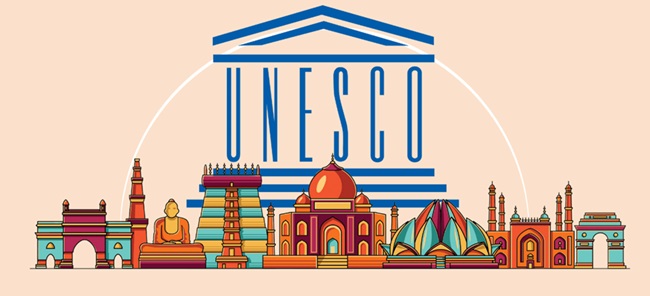
Convention for the Protection of the World Cultural and Natural Heritage, 1972
- The Convention is an international agreement adopted at the UNESCO General Conference in 1972 based on the concept that certain places on Earth are of outstanding universal value and should therefore form part of the common heritage of mankind.
- Nations acceding to the Convention have joined an international community united in a common mission to identify and protect our world’s most exceptional natural and cultural heritage.
- Nations acceding to the Convention have recognized that the protection of World Heritage is the duty of the international community as a whole, while fully respecting national sovereignty and without prejudice to property rights granted by national law.
World Heritage Sites of India
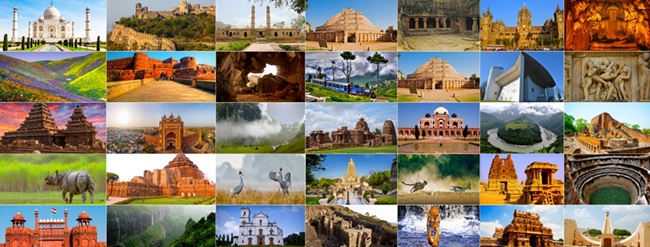
A total of 42 sites in India have been included in the World Heritage List.
Agra Fort
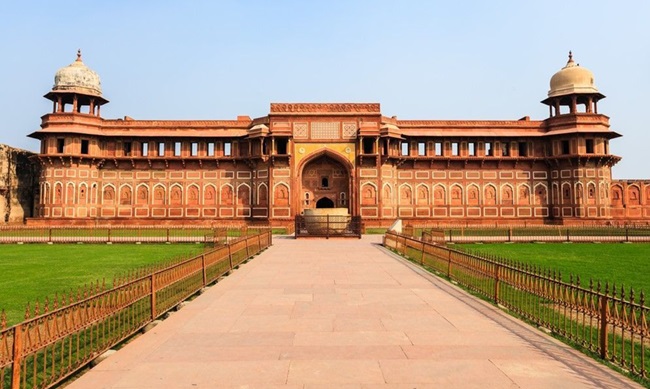
- This 16th century Mughal monument is located near the Taj Mahal gardens, which is known as the Red Fort of Agra.
- This magnificent fort of red sandstone is built within its 2.5 km long boundary wall.
Ajanta Caves
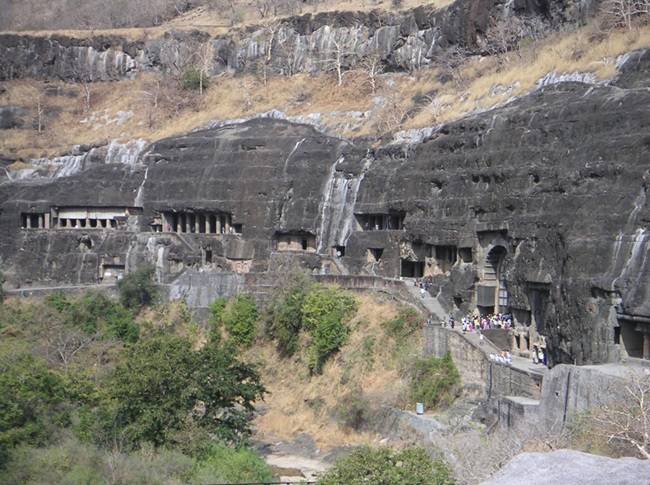
- The first Buddhist cave monuments at Ajanta date back to the 2nd and 1st centuries BC. During the Gupta period (5th and 6th centuries AD) many other highly decorated caves were added to the original group.
- The murals and sculptures of Ajanta, which are considered masterpieces of Buddhist art, have had a profound influence in the field of art.
Archaeological site of Nalanda Mahavihara in Nalanda, Bihar
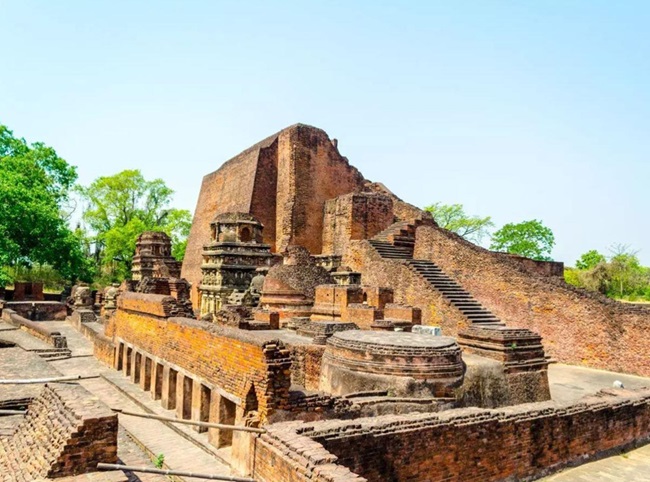
- The Nalanda Mahavihara site is in the state of Bihar in north-eastern India. • It comprises the archaeological remains of a monastic and educational institution dating from the 3rd century BC to the 13th century AD.
- It includes stupas, temples, viharas (residential and educational buildings) and important artefacts made of stucco, stone and metal.
Buddhist Monuments at Sanchi
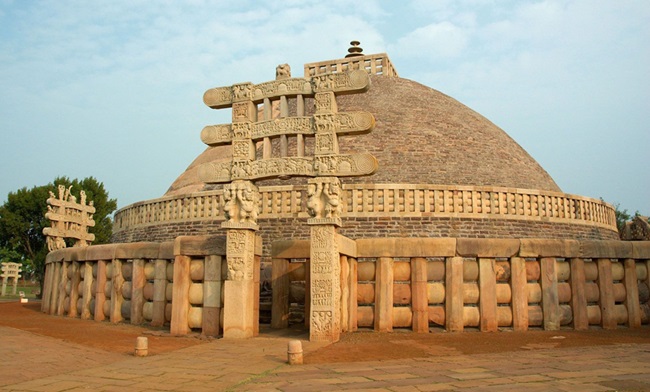
- The Sanchi site in Madhya Pradesh comprises a group of Buddhist monuments (a monolithic pillar, palaces, temples and monasteries).
- It is the oldest surviving Buddhist site and was a major Buddhist centre in India until the 12th century AD.
Champaner-Pavagadh Archaeological Site
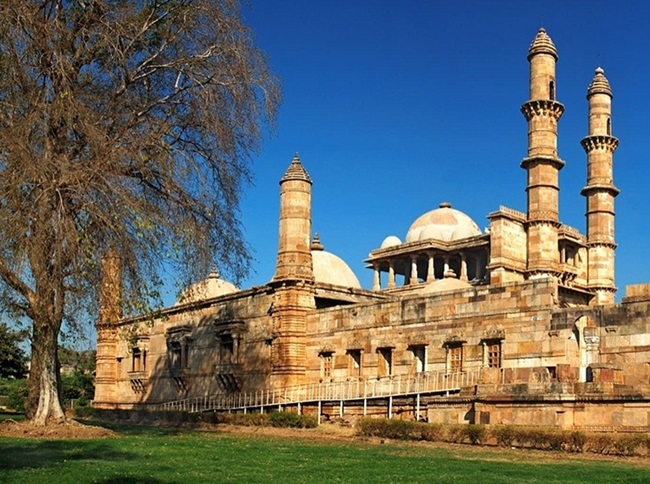
- The site includes forts, palaces, religious buildings, residential complexes, agricultural structures and water conservation installations, among other remains, from the 8th to the 14th centuries.
- The site is the only complete and unchanged Islamic pre-Mughal city.
Chhatrapati Shivaji Terminus (formerly Victoria Terminus)
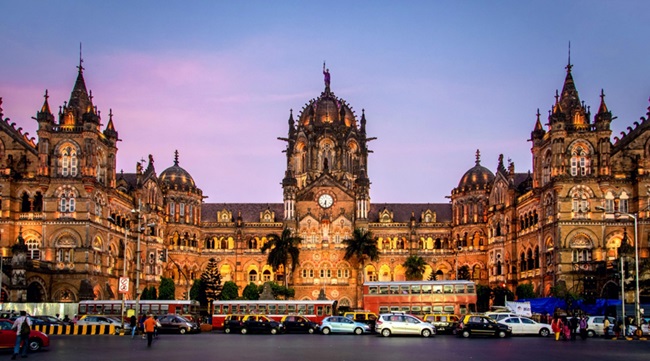
- Chhatrapati Shivaji Terminus in Mumbai, formerly known as Victoria Terminus station, is an outstanding example of Victorian Gothic revival architecture in India, incorporating themes derived from Indian traditional architecture.
- Designed by British architect F.W. Stevens, the building became a symbol of Bombay as the 'Gothic City' and India's major international trading port.
Churches and Convents of Goa
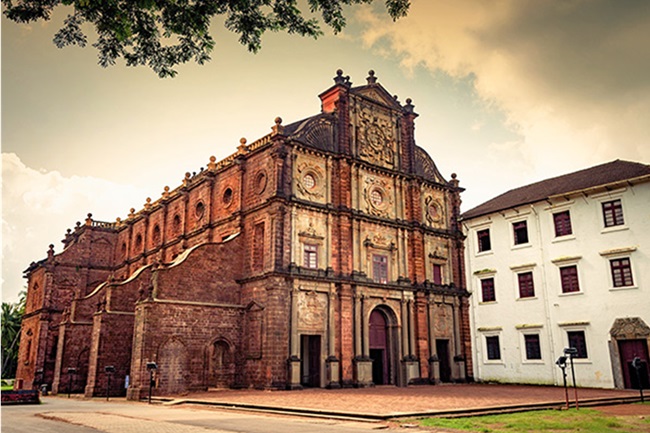
- The churches and convents of Goa, the former capital of India (Indies) under Portugal, particularly the Church of Bom Jesus, which houses the tomb of St. Francis Xavier, reflect the evangelisation of Asia.
- These monuments played a major role in the spread of Manueline, Mannerist and Baroque architectural styles to all the Asian countries where missions were established.
Dholavira: A Harappan City
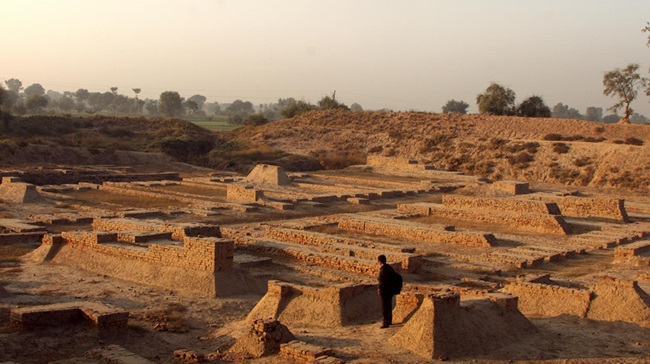
- The ancient city of Dholavira, the southern centre of the Harappan Civilisation, is on the arid island of Khadir in the state of Gujarat.
- Inhabited from 3000 to 1500 BCE, this archaeological site contains one of the best-preserved urban settlements, a fortified city and cemeteries of that period in Southeast Asia.
- A sophisticated water management system demonstrates the ingenuity of the people of Dholavira in their struggle to survive and thrive in a harsh environment.
- Artefacts made of stone, semi-precious stone jewellery, terracotta, gold, ivory and other materials have been found that demonstrate the culture's artistic and technological achievements.
Elephanta Caves
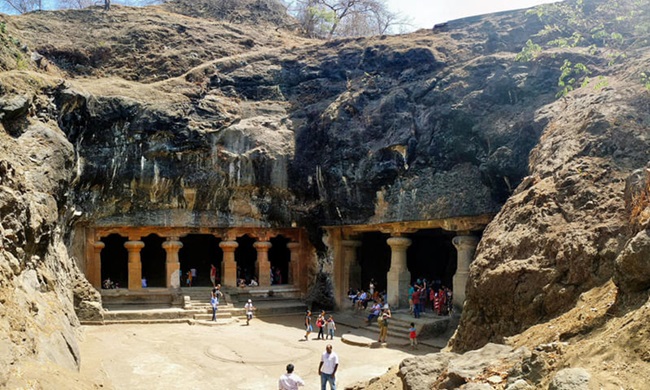
- This 'city of caves' on an island near Mumbai contains a collection of rock-cut art associated with Lord Shiva.
- Indian art has found its finest expression here, especially the huge relief carvings in the main cave.
Ellora Caves
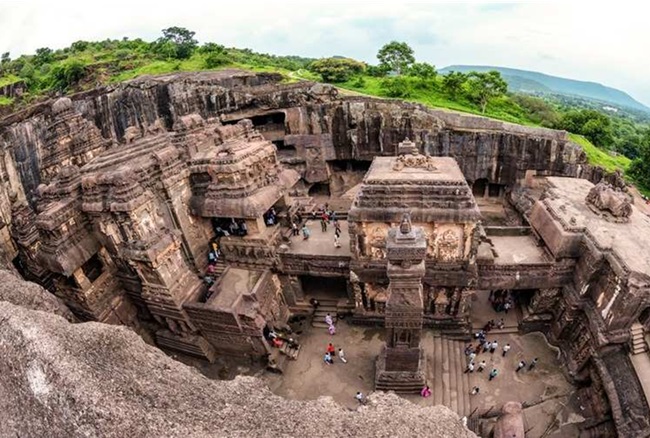
- The Ellora Caves near Aurangabad in Maharashtra consist of 34 monasteries and temples stretching over more than 2 km, dug side by side into a high basalt rock wall.
- The Ellora complex, with its temples dedicated to Buddhism, Hinduism and Jainism, reflects the spirit of tolerance that characterized ancient India.
Fatehpur Sikri
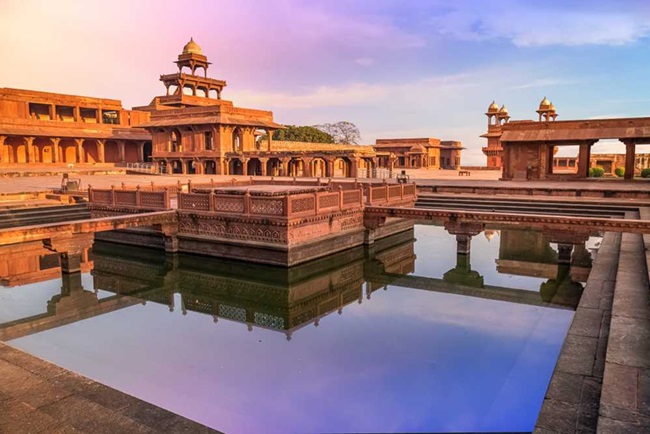
- Built in the late 16th century by Emperor Akbar, Fatehpur Sikri (City of Victory) was the capital of the Mughal Empire for only about 10 years.
- The complex of monuments and shrines built in a similar architectural style includes the Jama Masjid, one of the largest mosques in India.
Group of Chola Temples
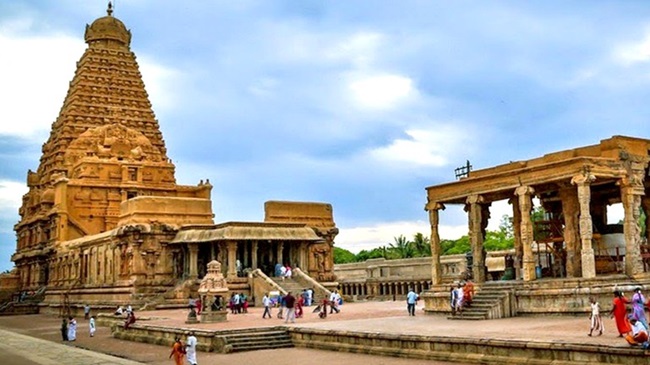
- The Chola temples were built by the kings of the Chola empire which extended over much of South India and neighbouring islands.
- The site includes three magnificent 11th and 12th century temples: the Brihadeeswara Temple at Thanjavur, the Brihadeeswara Temple at Gangaikondacholapuram and the Airavatesvara Temple at Darasuram.
Group of Monuments at Hampi
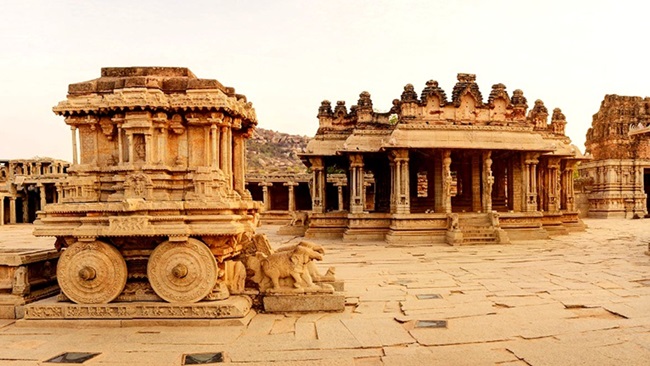
- Hampi was the last capital of the great Hindu kingdom of Vijayanagara. Its extremely wealthy prince built Dravidian temples and palaces.
- After being conquered by the Deccan Muslim confederacy in 1565, it was plundered for six months before being abandoned.
Group of Monuments at Mahabalipuram
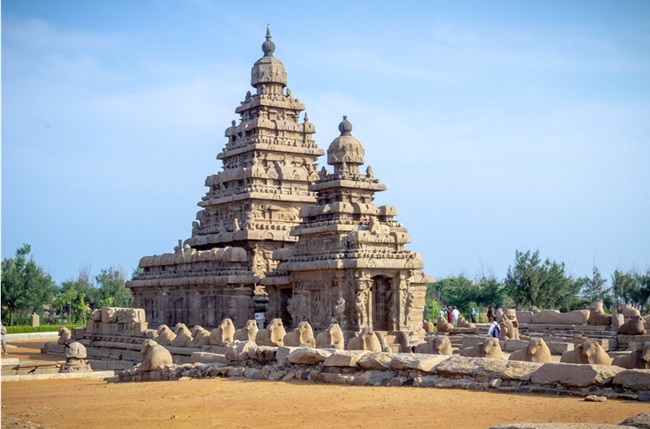
- This group of monuments was carved out of rocks on the Coromandel coast by the Pallava kings in the 7th to 8th centuries.
- It is particularly known for its chariot temples, cave monuments (mandapas), the famous 'Descent of the Ganges' and a temple complex with thousands of sculptures glorifying Lord Shiva.
Group of Monuments at Pattadakal
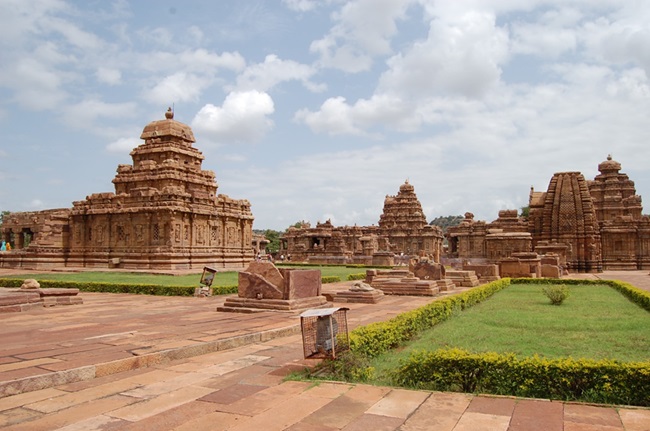
- Located in Karnataka, these monuments were built in the 7th to 8th centuries under the Chalukya dynasty by harmonizing the architectural forms of northern and southern India.
- The Virupaksha Temple is a masterpiece of this group, built in 740 AD by Queen Loka Mahadevi to commemorate her husband's victory over the kings of the south.
Hill Forts of Rajasthan
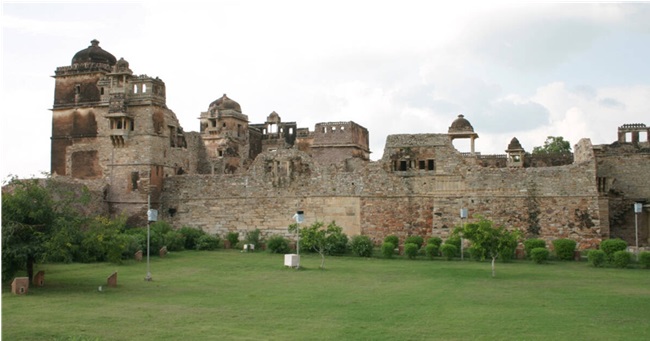
- This heritage group site comprises six majestic forts located in Chittaurgarh, Kumbhalgarh, Sawai Madhopur, Jaisalmer, Jaipur and Jhalawar in Rajasthan.
- The diverse architecture of the forts flourished in the region from the 8th to the 18th centuries.
- These forts also included extensive water conservation structures, which are still in use today.
Historic City of Ahmedabad
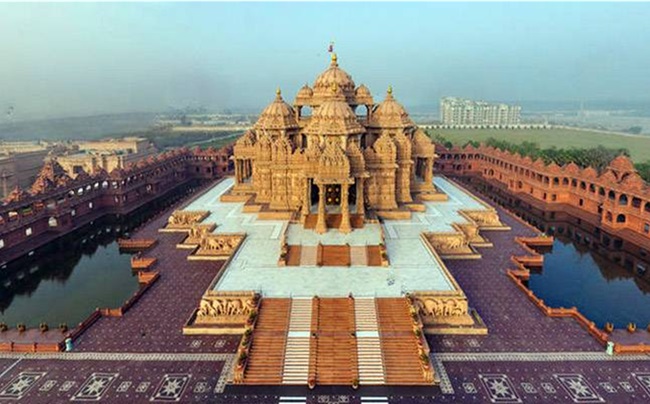
- The walled city of Ahmedabad, founded by Sultan Ahmed Shah in the 15th century on the eastern bank of the Sabarmati River, presents a rich architectural heritage of the Sultanate period.
Humayun's Tomb, Delhi
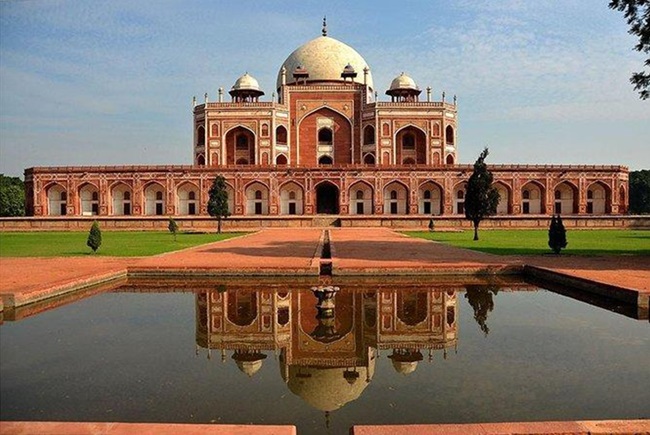
- Built in 1570 AD, the tomb is of special cultural significance as it was the first garden tomb in the Indian subcontinent. It inspired several major architectural innovations, culminating in the construction of the Taj Mahal.
City of Jaipur, Rajasthan
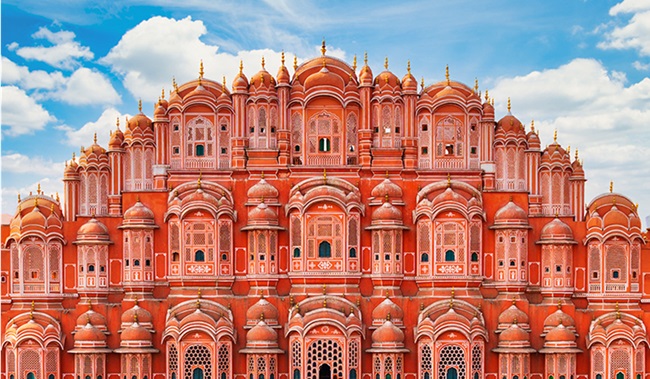
- The city of Jaipur in the northwestern state of Rajasthan, India, was founded in 1727 AD by Sawai Jai Singh II.
- Unlike other cities in the region located in hilly terrain, Jaipur was built on the plains and was built according to Vedic architecture.
Kakatiya Rudreshwara (Ramappa) Temple
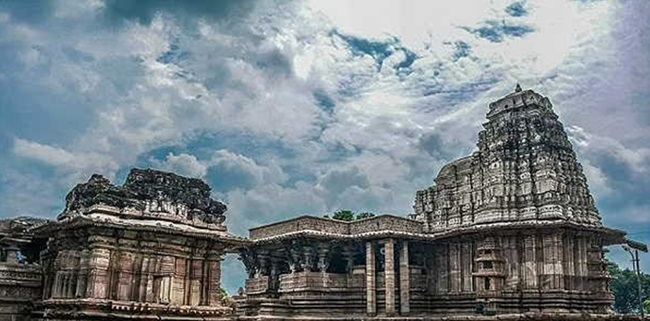
- It is the main Shiva temple in a walled complex built under the rulers Rudradeva and Recharla Rudra of the Kakatiya dynasty (1123-1323 CE).
Khajuraho Group of Monuments
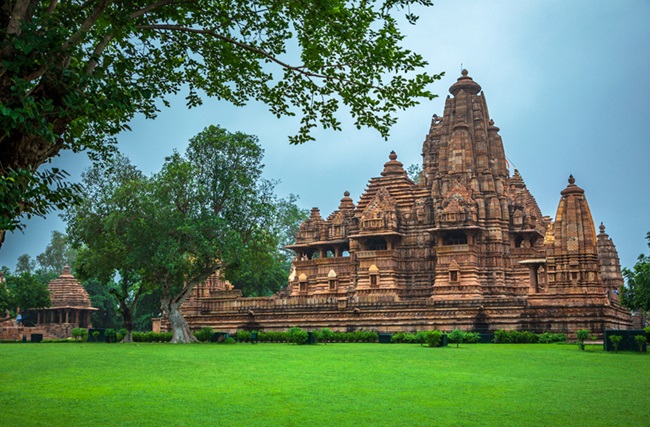
- The temples at Khajuraho were built during the Chandela dynasty. At present only 20 temples remain which are divided into three different groups belonging to two religions Hinduism and Jainism.
- They strike a perfect balance between architecture and sculpture. The temple at Kandariya is adorned with carved sculptures that are counted among the greatest masterpieces of Indian art.
Mahabodhi Temple Complex at Bodh Gaya
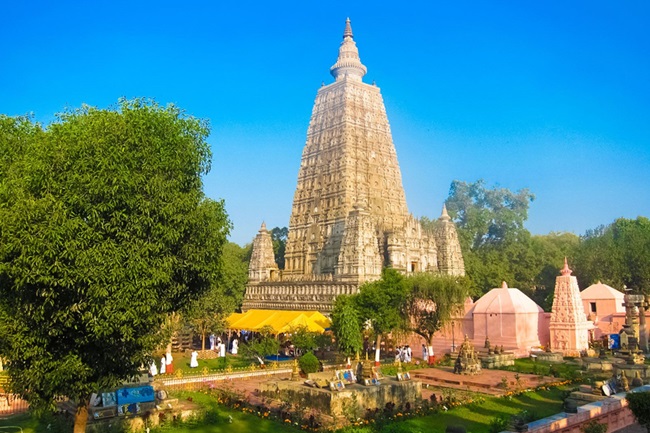
- The Mahabodhi Temple Complex is one of the four sacred sites associated with the life of Lord Buddha and especially his attainment of enlightenment. The temple dates back to the 5th to 6th centuries.
- It is one of the oldest fully brick-built Buddhist temples that has survived in glory in India from the end of the Gupta period to the present day.
Mountain Railways of India
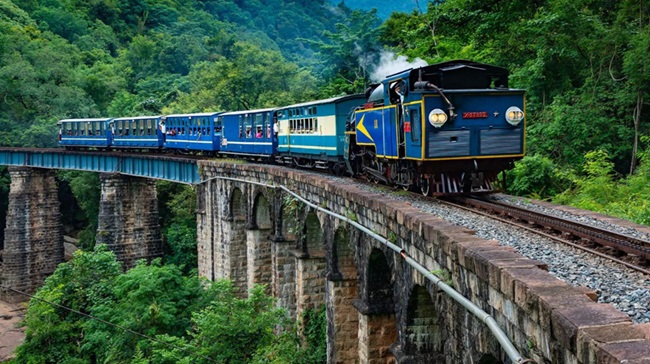
- The site consists of three railways. The Darjeeling Himalayan Railway is the earliest and still the best example of a mountain passenger railway.
- The Nilgiri Mountain Railway, a 46 km long metre gauge single track railway in the state of Tamil Nadu, was first proposed in 1854 AD.
- The Kalka Shimla Railway is 96 km long. long, single track working rail link built in the mid-19th century to serve the high hill town of Shimla symbolises the technological and material efforts to displace the hill population through railways.
Qutb Minar Complex, Delhi
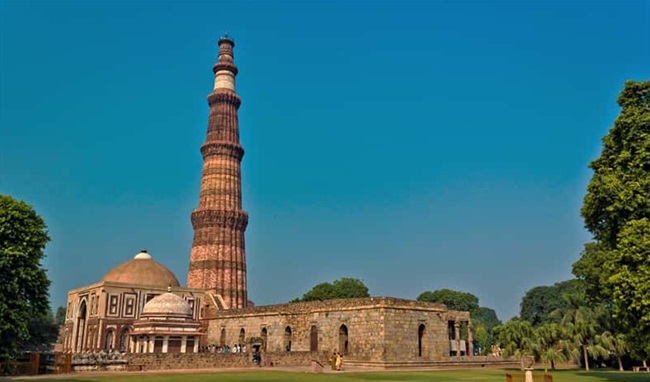
- Built in the early 13th century in Delhi, the red sandstone minaret of Qutb Minar stands 72.5 m high, ranging in diameter from 2.75 m at its peak to 14.32 m at the base.
- Surrounding these monuments are other archaeological buildings, notably the Alai Darwaza gate, a masterpiece of Indo-Muslim art (built in 1311 AD) and two mosques, including the Quwwat-ul-Islam, the oldest in northern India.
Rani-ki-Vav (Queen's Stepwell), Patan, Gujarat
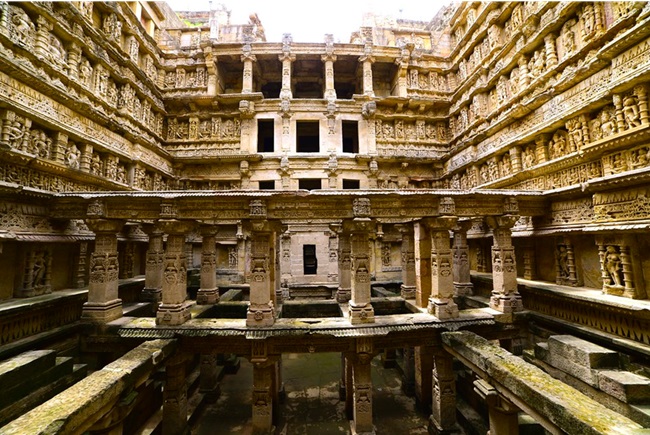
- Rani-ki-Vav is the result of the fine skill of the artisans in stepwell construction and Maru-Gurjar architectural style which displays the mastery achieved in this complex technique and the unique beauty of details and proportions.
- Designed as an inverted temple highlighting the sanctity of water, this stepwell is divided into seven levels of stairs with sculptural panels of high artistry.
Red Fort Complex
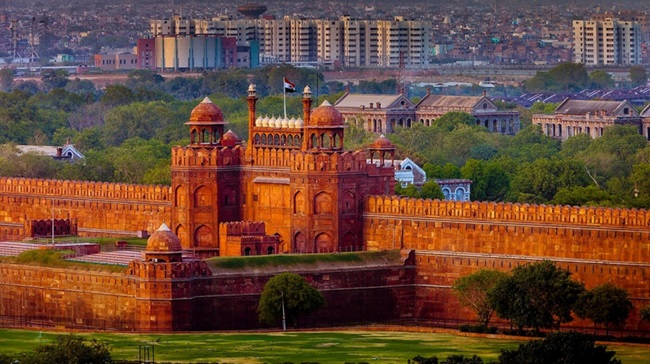
- The Red Fort complex was built as the palace fort of Shahjahanabad, the new capital of the Mughal emperor Shah Jahan.
- The innovative plan, architectural style and garden design of the Red Fort have greatly influenced the construction of buildings and gardens in Rajasthan, Delhi, Agra and other regions.
Rock Shelters of Bhimbetka
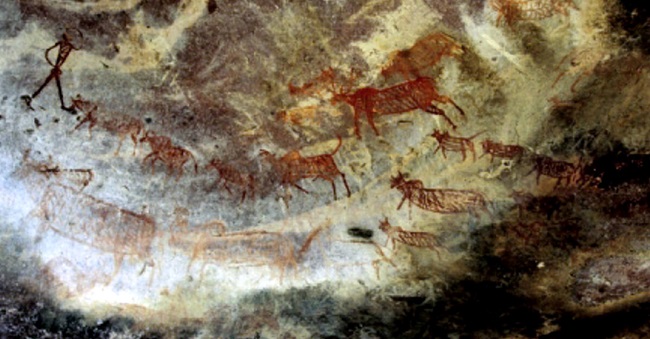
- Above dense forest within huge sandstone cliffs
- There are five groups of natural rock shelters
- They display artifacts from the Mesolithic period to the historic period.
Hoysala temples
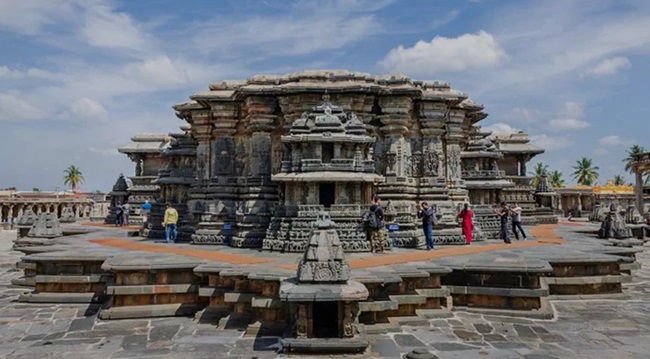
- The temples are characterised by highly realistic sculptures and stone carvings present on the entire architectural surface, a circumambulatory altar, huge sculptured avenues, a multi-tiered frieze and sculptures related to the Sal legend.
- Excellence in sculptural art underlines the artistic achievement of these temple complexes which represent an important stage in the historical evolution of Hindu temple architecture.
Shanti Niketan
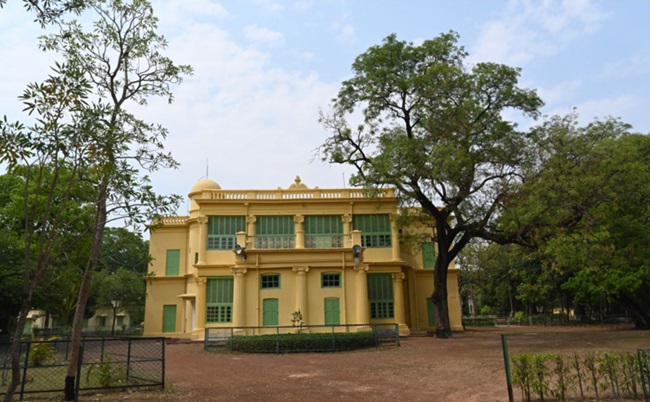
- Founded in rural West Bengal in 1901 by the famous poet and philosopher Rabindranath Tagore, Santiniketan was a residential school and centre for the arts based on ancient Indian traditions and a vision of the unity of humanity across religious and cultural boundaries.
- A 'world university' was established at Santiniketan in 1921 as a recognition of 'Visva Bharati'.
Sun Temple, Konark
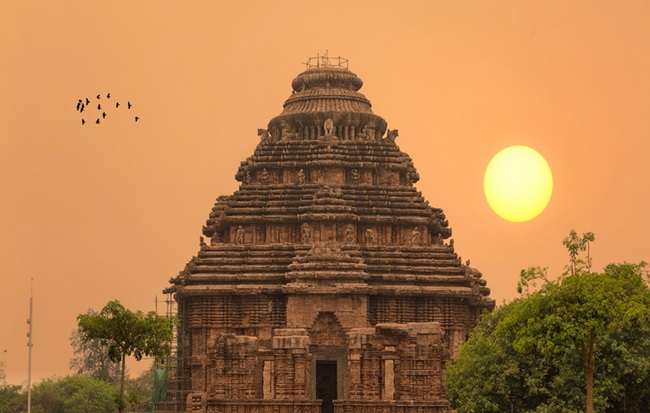
- Illuminated by the rays of the rising sun on the shores of the Bay of Bengal, the temple at Konark is a monumental symbol of the chariot of the Sun God.
- Its 24 wheels are decorated with symbolic designs and it is led by a team of six horses.
Taj Mahal
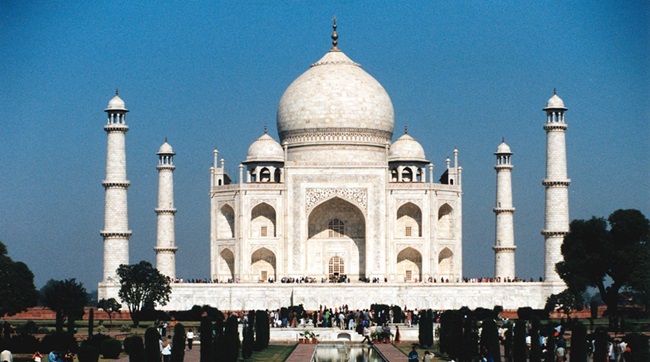
- A colossal white marble mausoleum built in the 17th century in Agra by the Mughal emperor Shah Jahan, the Taj Mahal is the culmination of Muslim art in India.
- It is one of the universally acclaimed masterpieces of world heritage.
Jantar Mantar, Jaipur
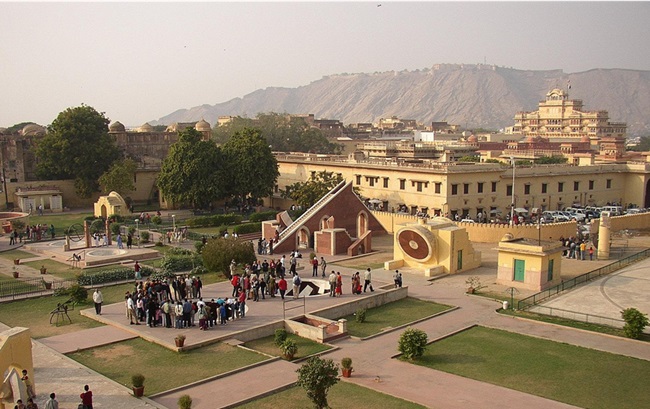
- Jantar Mantar in Jaipur is an astronomical observation site built in the early 18th century. It consists of a set of about 20 main stationary instruments.
- It is the most important, most comprehensive and best preserved of India's historic observatories. It is an expression of the astronomical skills and cosmological concepts of the court of a learned prince at the end of the Mughal period.
Victorian Gothic and Art Deco Building Complexes of Mumbai
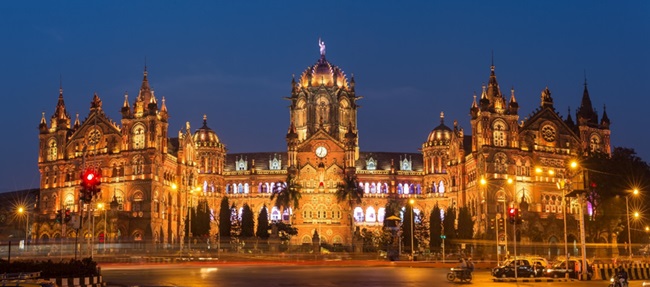
- After becoming a global trading centre, the city of Mumbai implemented an ambitious urban planning project in the latter half of the 19th century. This saw the construction of public buildings, first in the Victorian Neo-Gothic style and then in the Art Deco style in the early 20th century.
Great Himalayan National Park Conservation Area
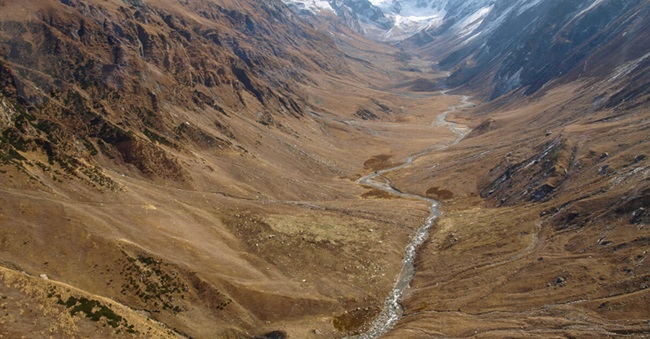
- Located in the western part of the Himalayan Mountains in Himachal Pradesh, this national park is characterized by high alpine peaks, alpine meadows and riverine forests.
- It is part of the Himalayan biodiversity hotspot and includes 25 forest types as well as a rich array of fauna species, many of which are on the verge of extinction.
- This uniqueness makes this site of great importance for biodiversity conservation.
Kaziranga National Park
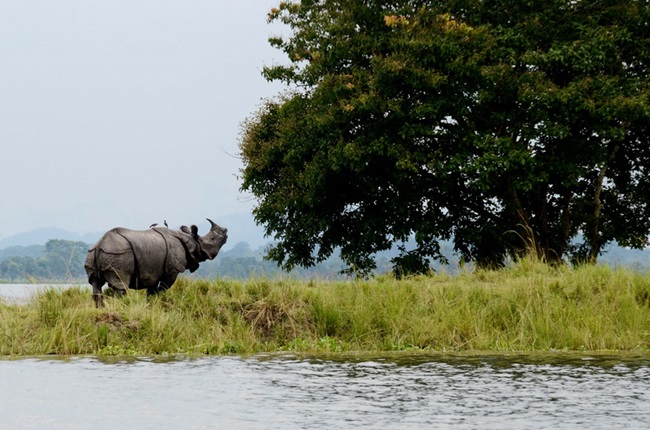
- This national park in the heart of Assam is one of the last areas in eastern India that is untouched by human presence.
- It is home to the world's largest population of one-horned rhinoceros as well as many mammals including tigers, elephants, leopards and bears and thousands of birds.
Keoladeo National Park

- Located in Rajasthan, this park is one of the major winter migration areas for a large number of water birds from Afghanistan, Turkmenistan, China and Siberia.
- Around 364 species of birds have been recorded here, including the rare Siberian crane.
Manas Wildlife Sanctuary
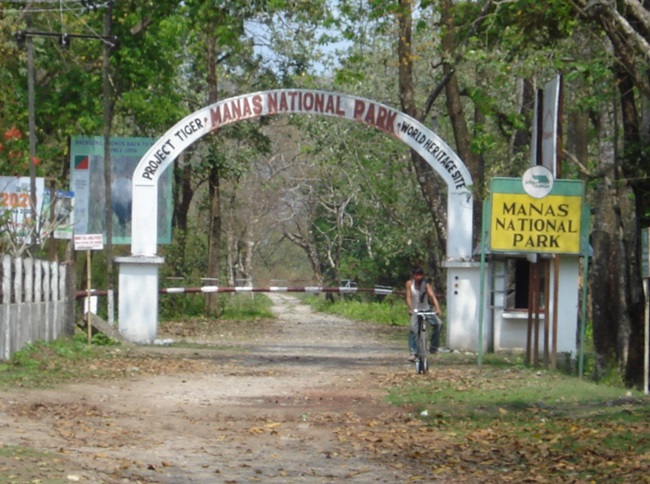
- Located in Assam in the foothills of the Himalayas, the Manas Sanctuary is home to a huge variety of wildlife. The sanctuary includes several endangered species such as tiger, pygmy hog, Indian rhinoceros and Indian elephant.
Nanda Devi and Valley of Flowers National Park
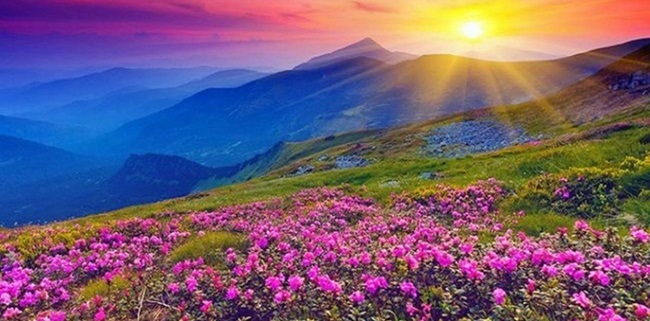
- Located high up in the western Himalayan region, India's Valley of Flowers National Park is famous for its endemic alpine flower meadows and panoramic natural beauty.
- This rich diversity area is also home to rare and endangered animals including the Asiatic black bear, snow leopard, brown bear and blue sheep.
Sunderbans National Park
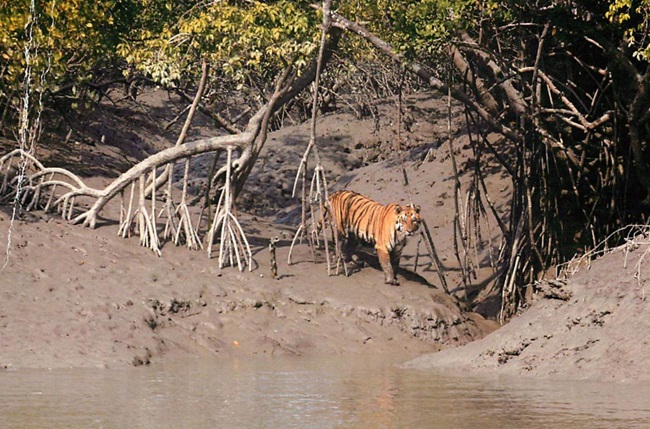
- The Sundarbans stretch over 10,000 km of land and water (more than half of it in India, the rest in Bangladesh) in the Ganges Delta. It includes the world's largest mangrove forest area.
- The park is home to many rare or endangered species including tigers, aquatic mammals, birds and reptiles.
Western Ghats
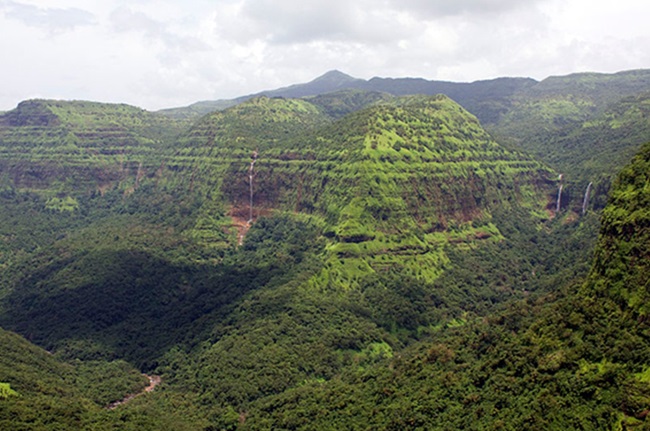
- Older than the Himalayas, the Western Ghats mountain range exhibits geomorphological features of great significance with unique biophysical and ecological processes.
- The high mountain forest ecosystems of the site influence the Indian monsoon weather pattern. The site presents one of the best examples of the monsoon system on Earth, moderating the tropical climate of the region.
- It is recognized as one of the world's eight 'most exceptional hotspots' of biological diversity.
Kanchenjunga National Park
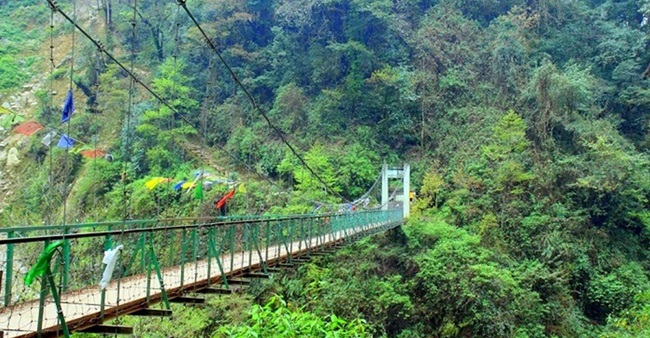
- Located in the heart of the Himalayan range in northern India (Sikkim state), Kanchenjunga National Park comprises a unique diversity of spectacular snowcapped mountains covered with plains, valleys, lakes, glaciers and pristine forests and also includes the world's third highest peak called Mount Kanchenjunga.
- Mythical stories are associated with this mountain and a large number of natural elements (caves, rivers, lakes, etc.) that are worshipped by the indigenous people of Sikkim. The sacred meanings of these stories and practices have been integrated with Buddhist beliefs and form the basis of Sikkimese identity.



